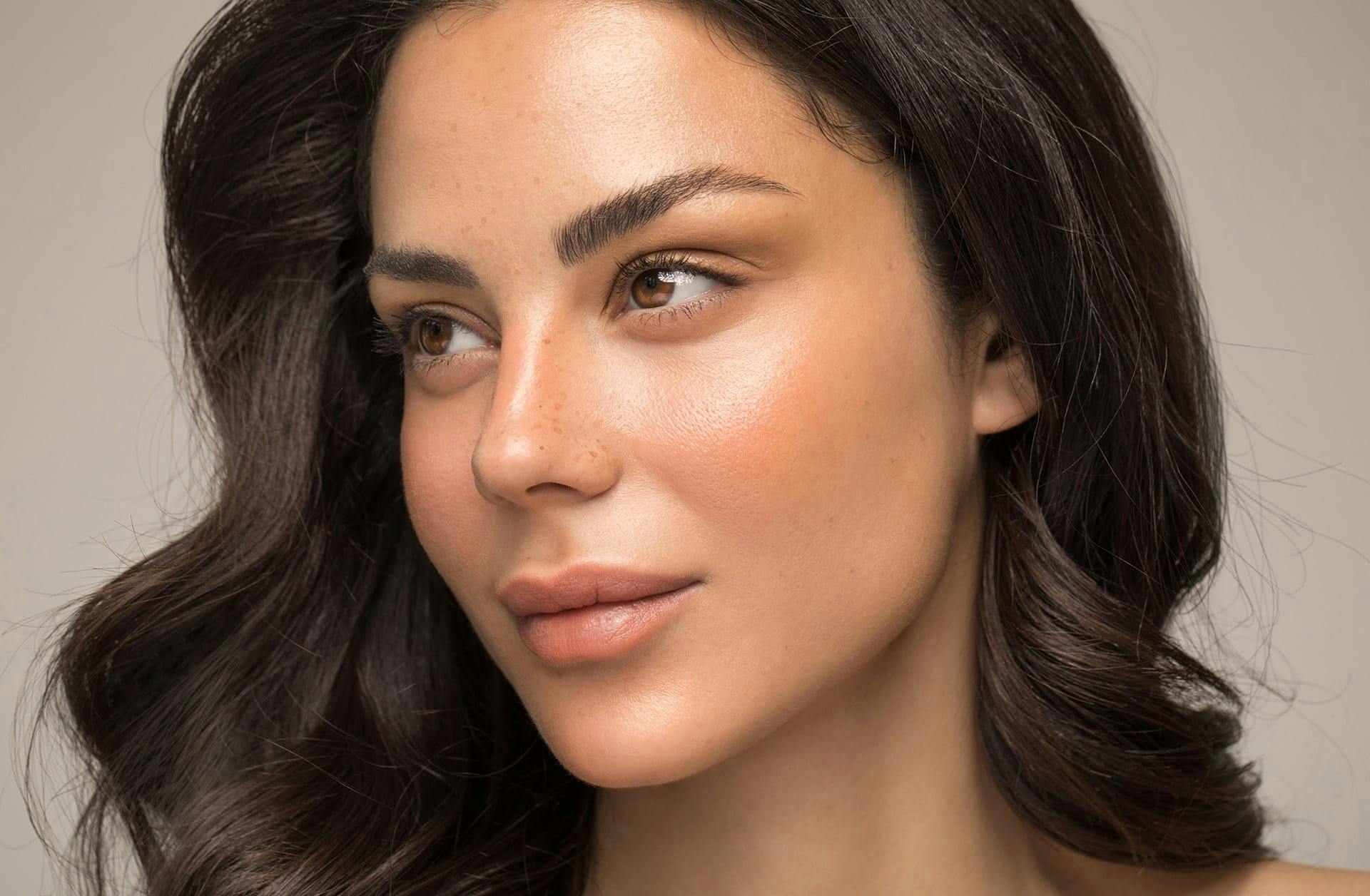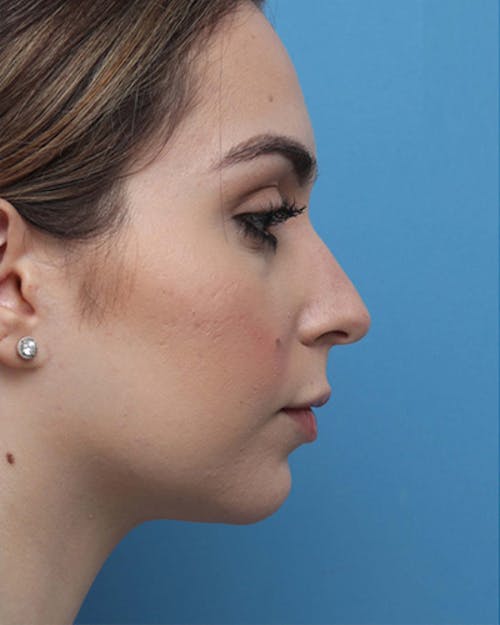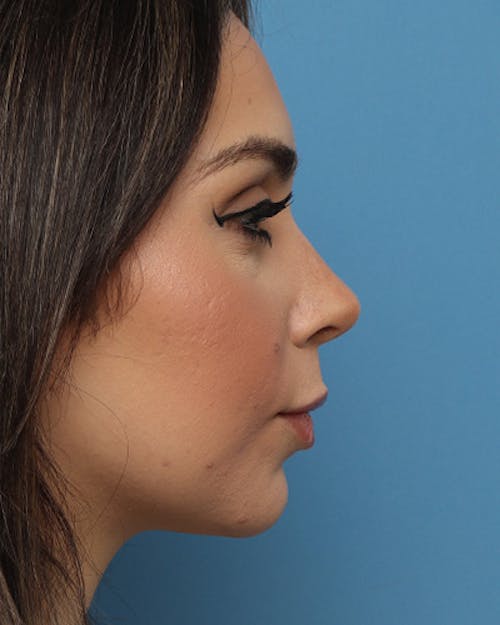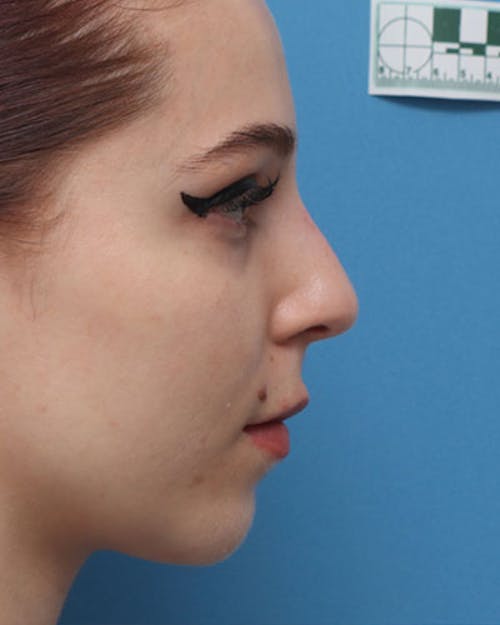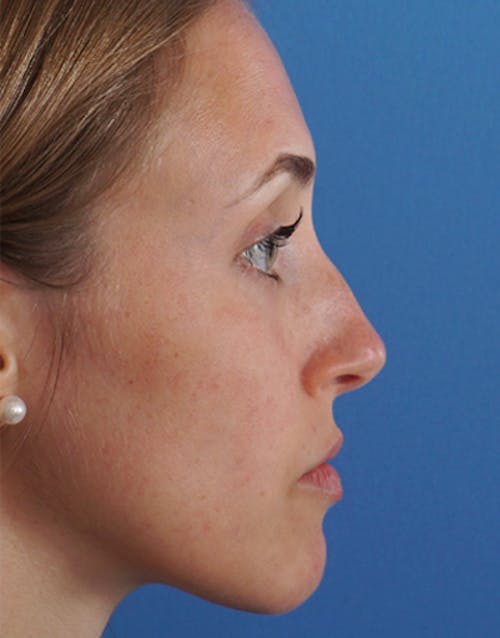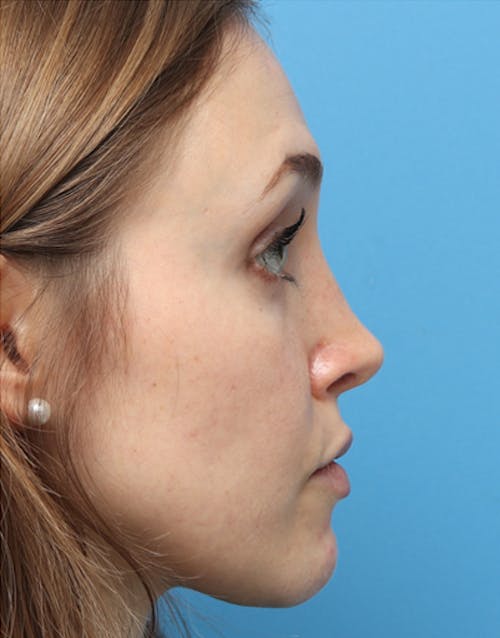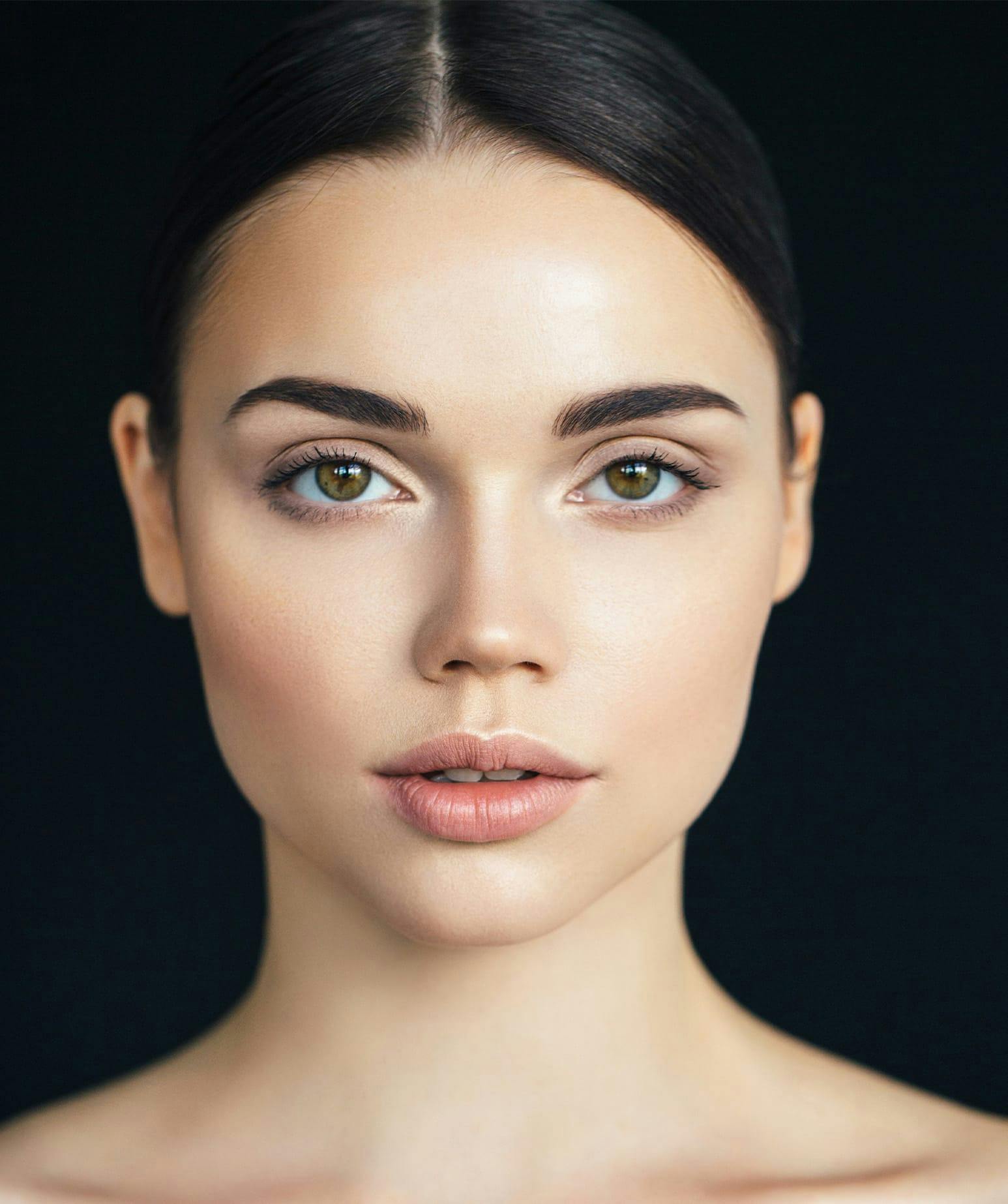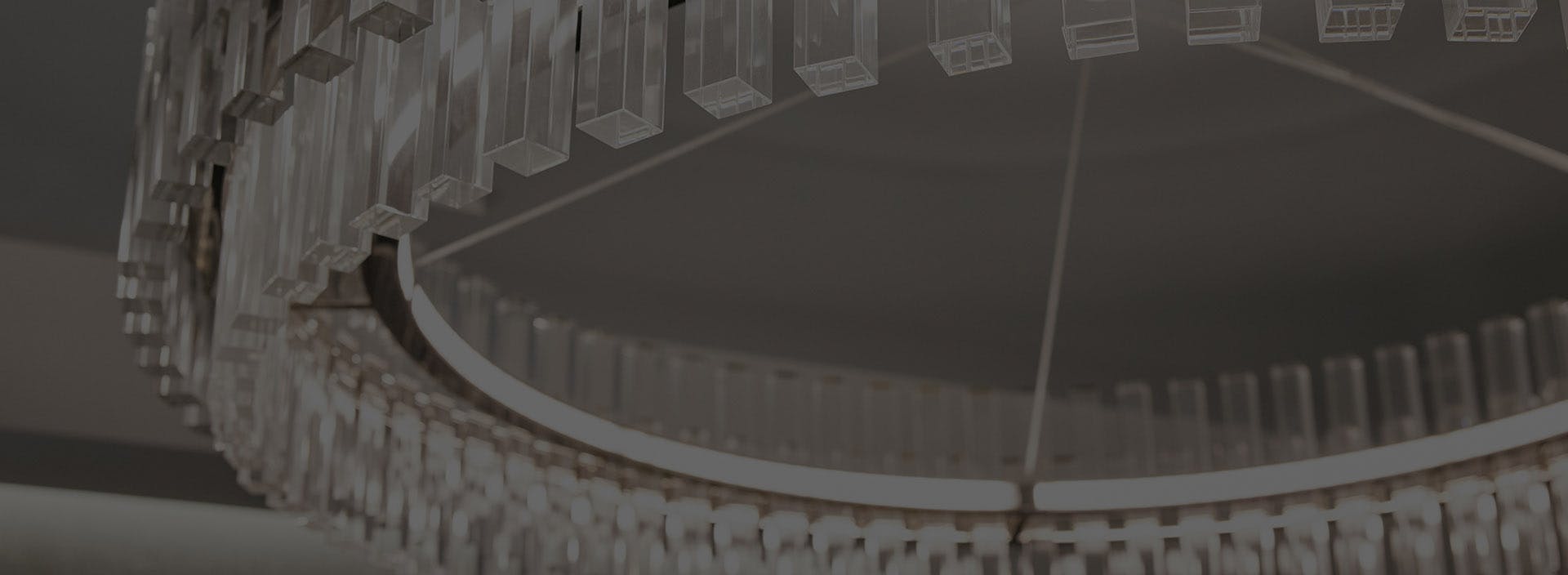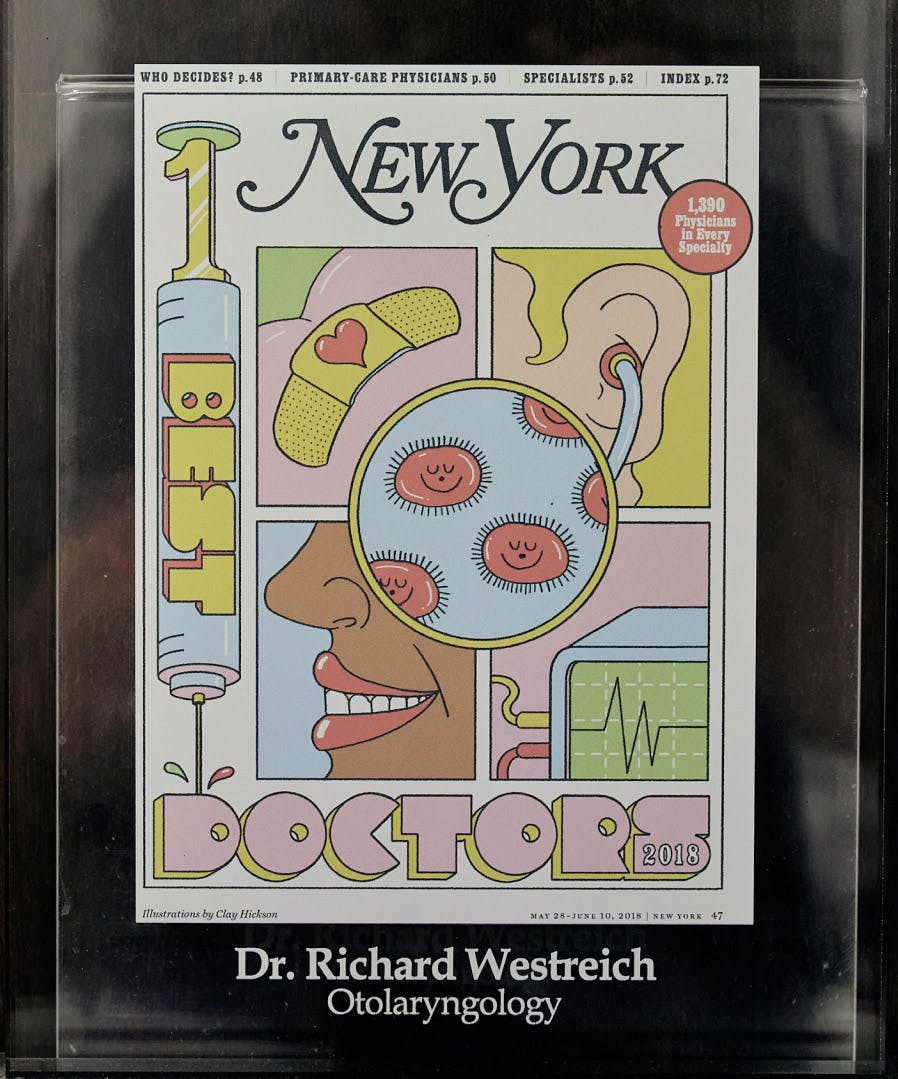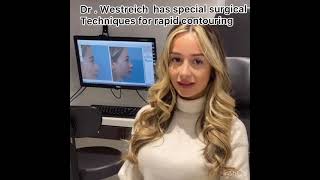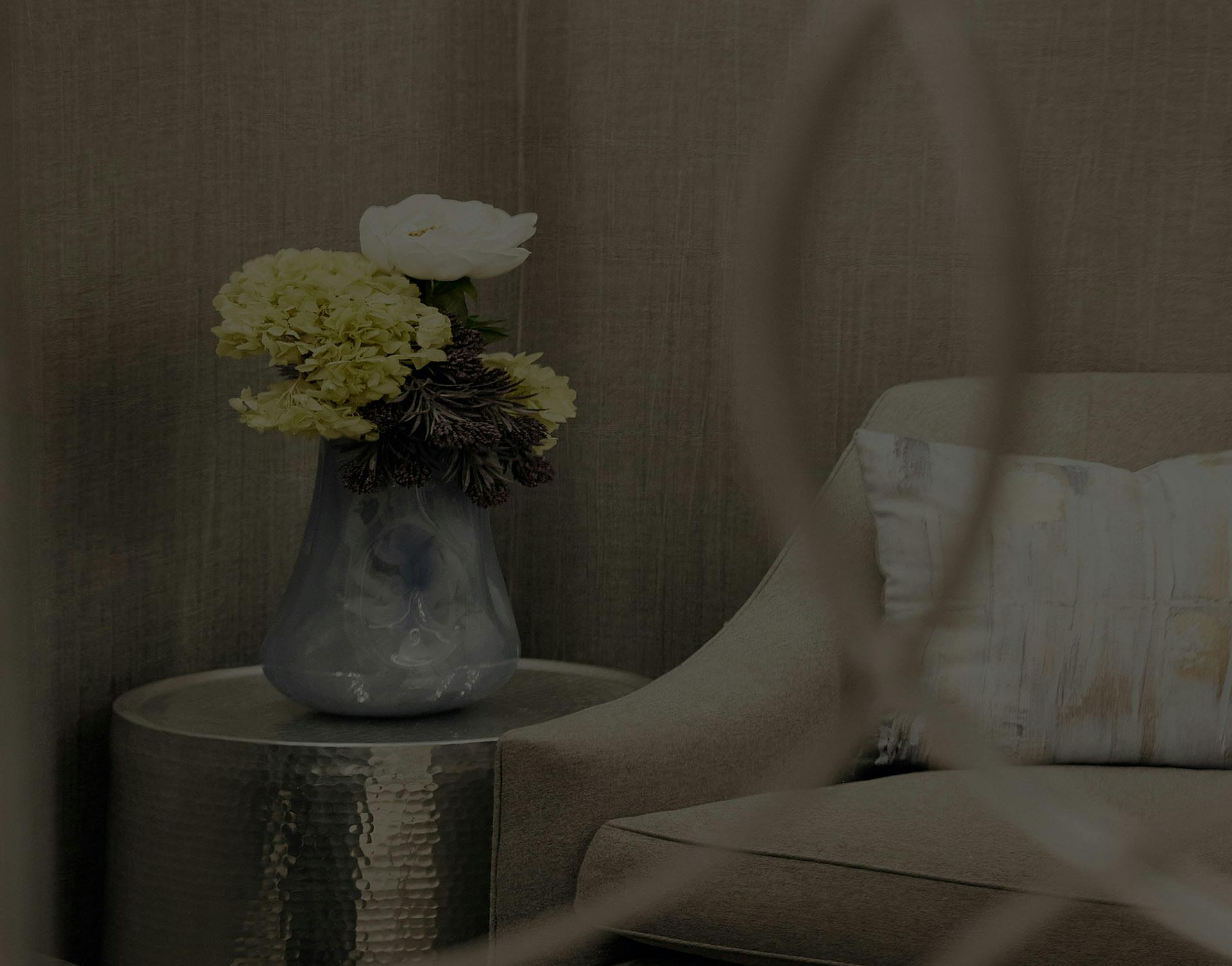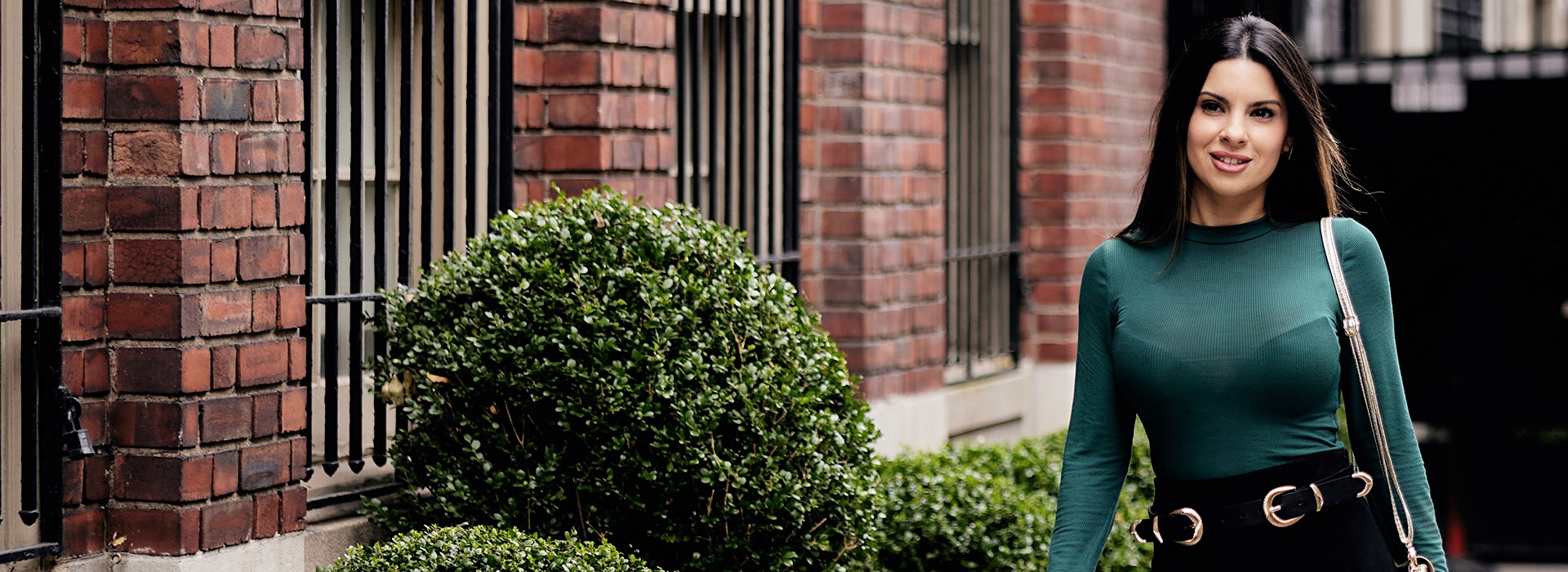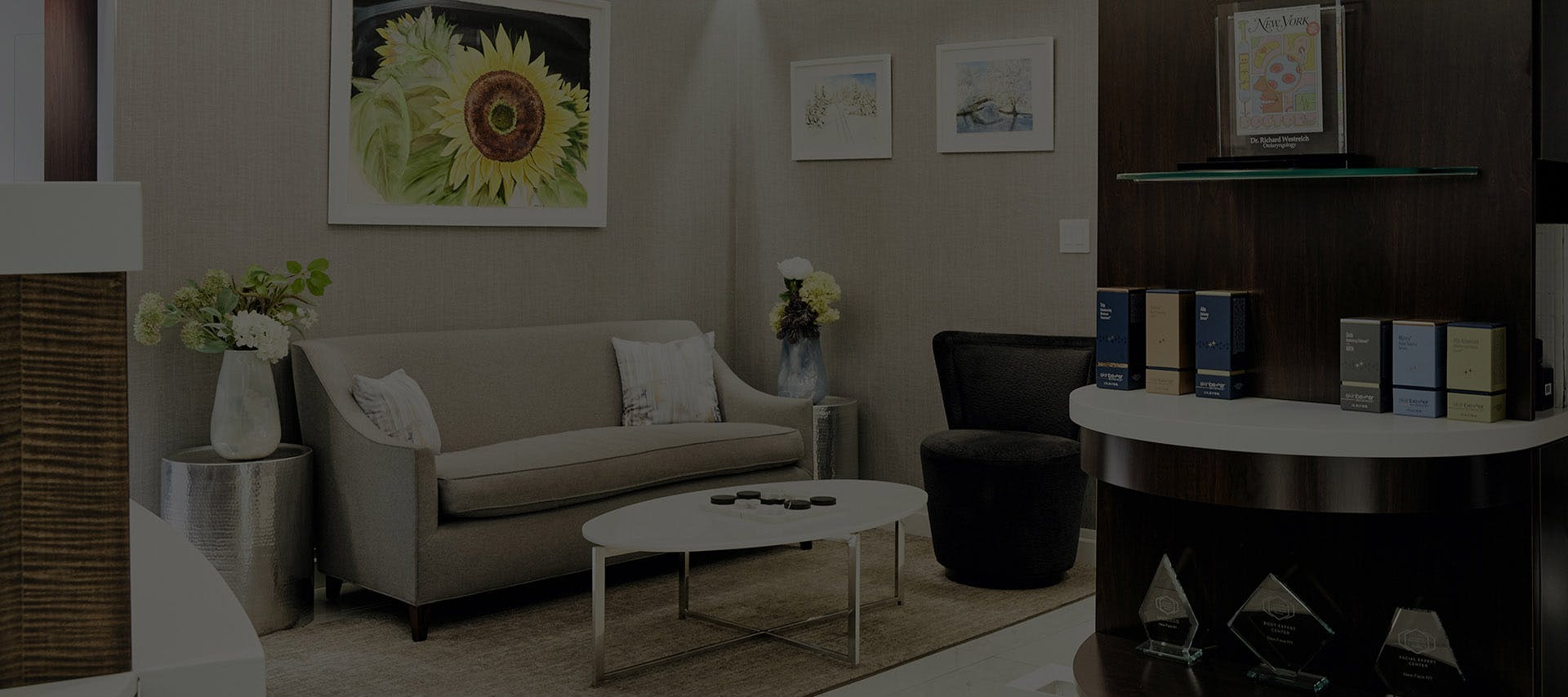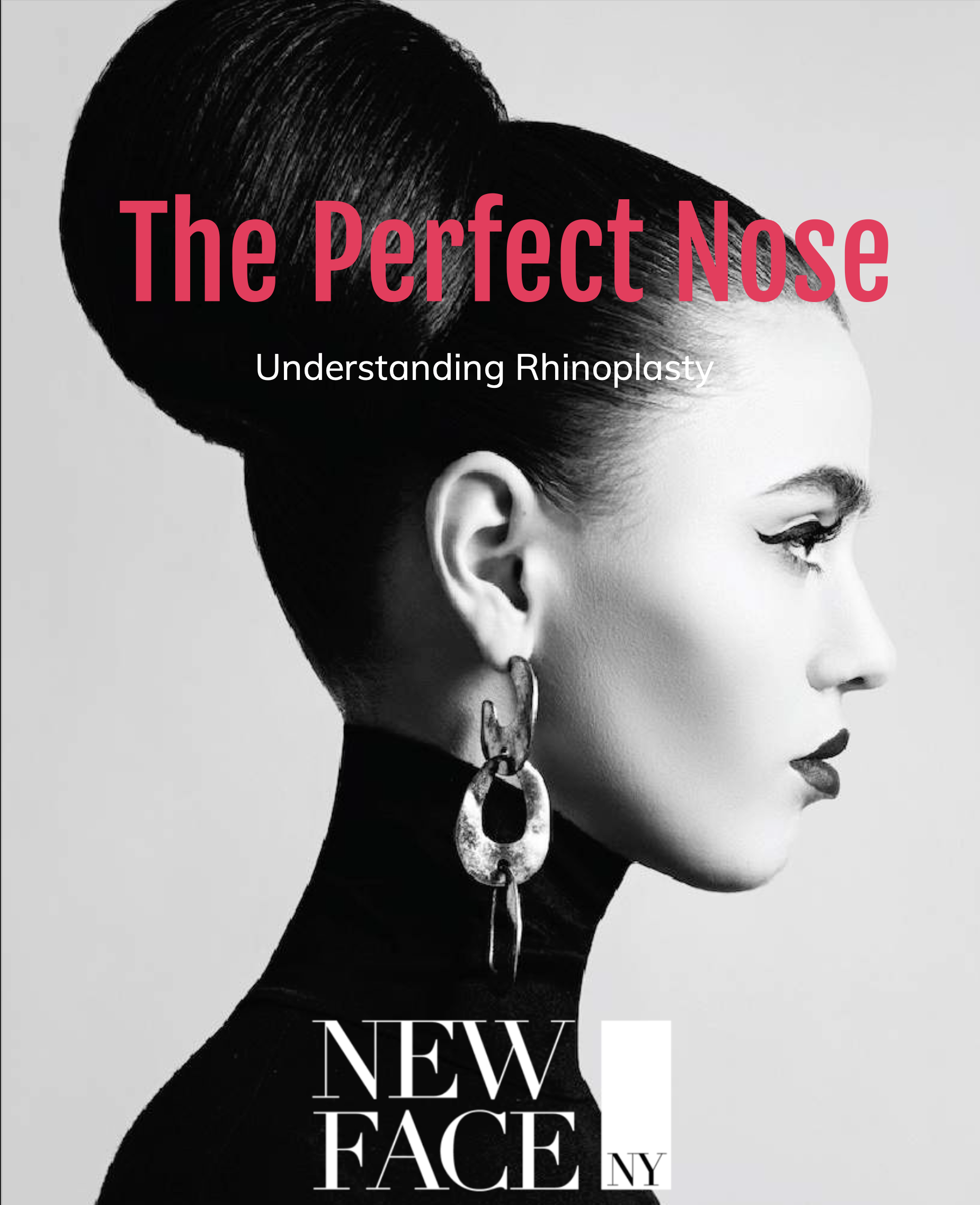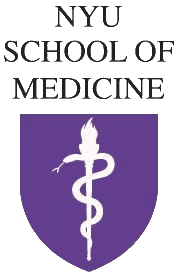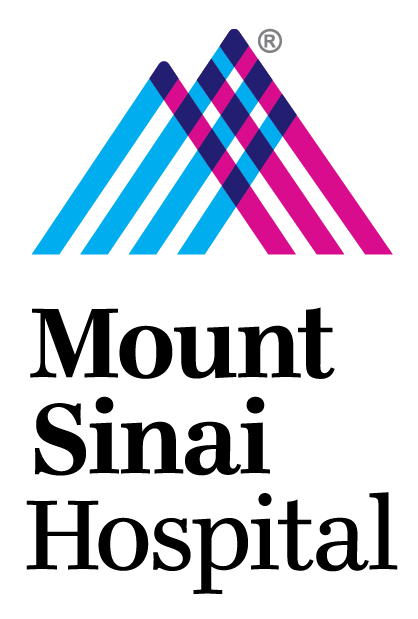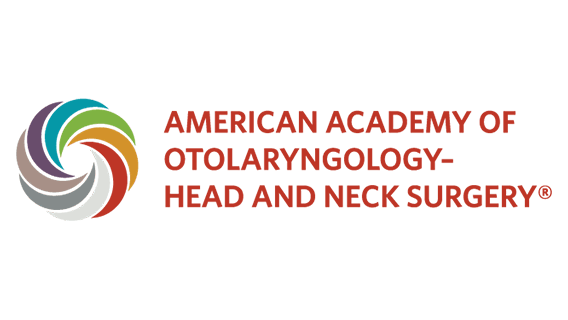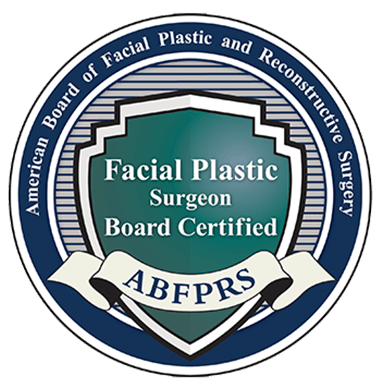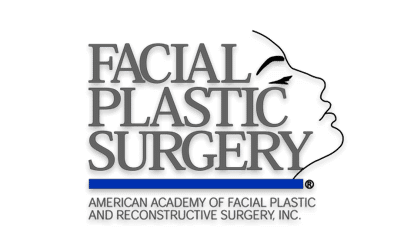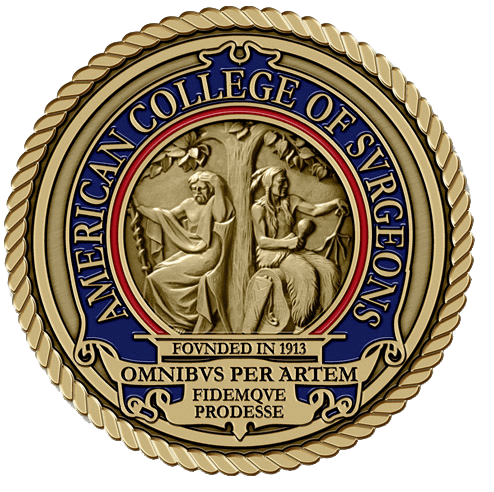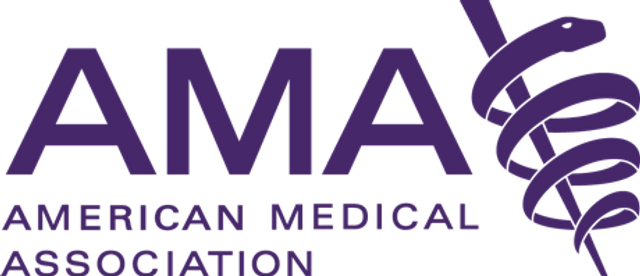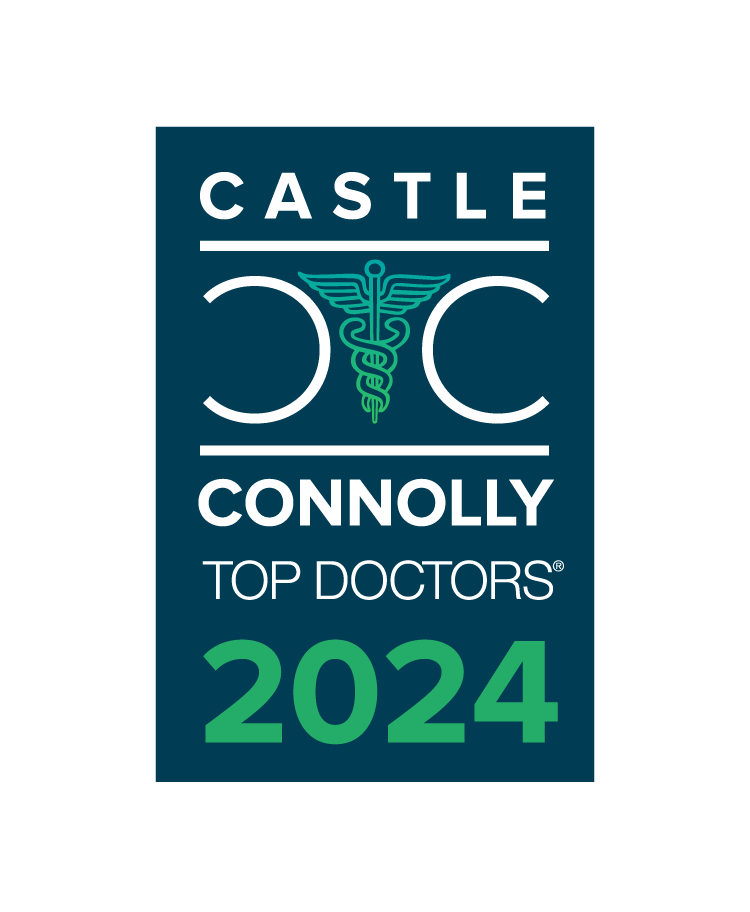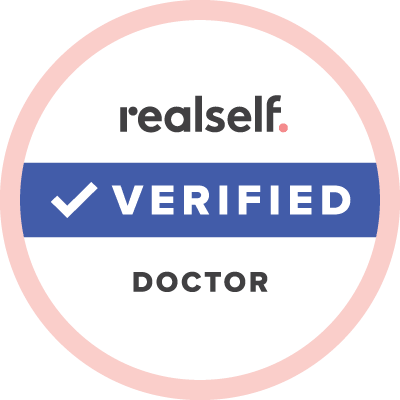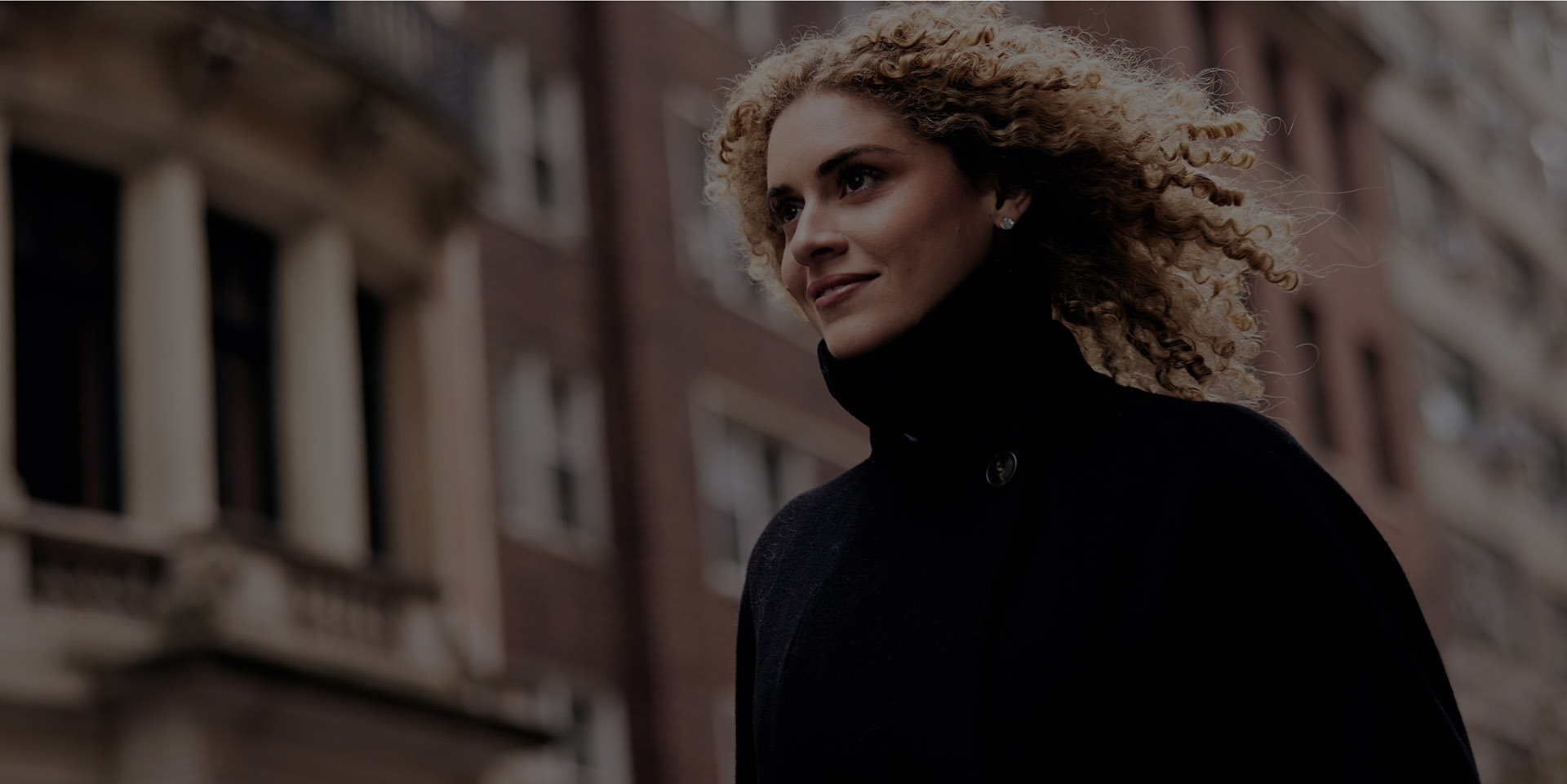At New Face NY, we specialize in transformative rhinoplasty procedures tailored to enhance both form and function. Led by double-board-certified NYC facial plastic surgeon Dr. Richard Westreich, our team combines expertise and artistry to achieve natural, harmonious results for every patient.
How Much Does Nose Surgery in NYC Cost?
Cosmetic rhinoplasty isn’t covered by insurance. However, portions of a functional rhinoplasty to fix a deviated septum (or other medical conditions) can be eligible for insurance coverage, though the amount of coverage will depend on your specific insurance plan. We provide a detailed overview of your costs with and without insurance coverage during your consultation.
The overall cost of your nose job in NYC will depend on the following factors:
- Medical tests
- Surgeon’s fees
- Anesthesia fees
- Medications
- Facility fees

